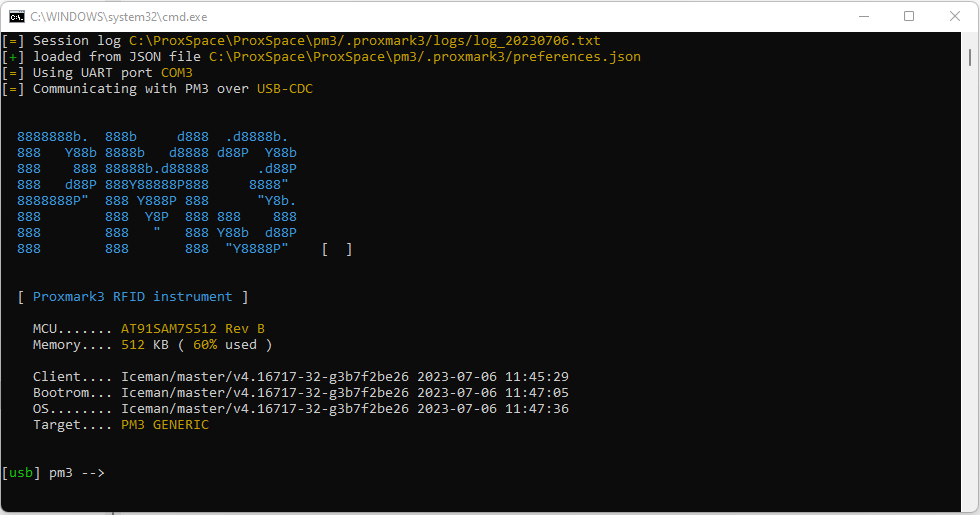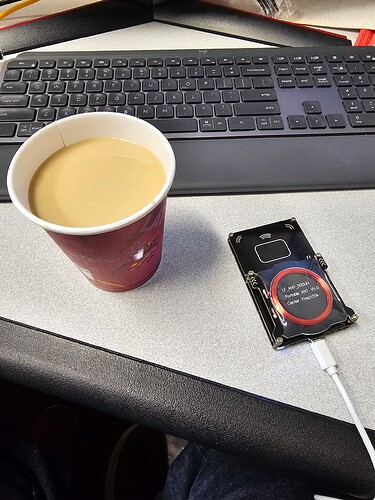V4.16717 was released on Jun. 25, 2023.
Change Log is Here
One thing I noticed is “Changed hf mfu info - now detects Philips Sonicare devices".
@darthdomo posted a while back about the toothbrushes…
Choice of beverage today was Green Mountain French Vanilla Coffee with French Vanilla Coffee Mate Creamer. Not the best, but when work provides you will free coffee, you don’t complain! ![]()

